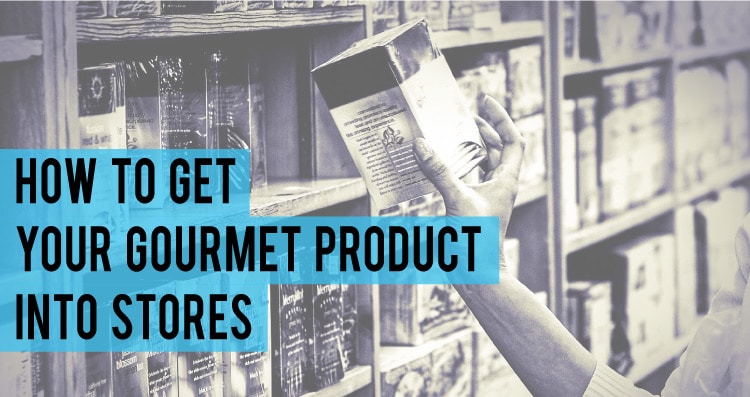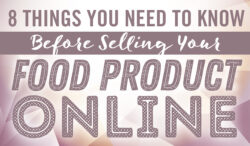It’s the question I hear from every gourmet brand: “How do I get my product into Whole Foods, Williams-Sonoma, Costco, [insert other retailer of choice]?” There’s a very simple two-step formula for this, but the process must be done strategically and correctly for you to have a chance.
- Get your branding and packaging to be retail-ready. Store buyers need a product that they can carry in their stores now. They won’t wait the months it takes to develop your branding and packaging from scratch. If you have existing branding or packaging that needs improvements, make them first. Ensure that the product packaging protects during both shipping and handling—by both consumers and shelf-stockers. The packaging needs to look good and perform well on the shelf.
- Exhibit at relevant trade shows to get your product in front of store buyers. The Fancy Food Show is the hub of the gourmet food products industry, while the Natural Products Expo (East and West) is similar but smaller and focused on natural products (including non-food products). There are other shows as well that are focused on certain product types or geographical regions. Store buyers attend these shows to find out what’s new and exciting that they can carry in their stores.
Here are some additional methods to pursue:
- Find food groups for support and guidance. At any stage in your food product development, especially for brands starting out, it’s helpful to get connected with retail food production groups in your area that can help you with logistics and education as you develop and launch your product. There are many popping up all over the place, so chances are you can find one to connect with.
- Get local. You can also approach stores individually to connect with their product buyers and get a foot in the door that way. This approach usually takes more persistence and diligence, as buyers get approached all the time with such requests. Some stores, Whole Foods included, have a local vendor program where they sell products made in a particular store’s area. The local method is helpful if you’ve been involved in your local farmer’s market to get brand recognition, and even perhaps to the point where customers are asking for your product in local stores.
None of this is a guarantee that you will get into your store of choice. Your product needs to have an audience that it will connect with, and be a good fit for the store you want to get into. Above all, you need to give your fullest effort at each stage—brand and product development, packaging design and development, website and collateral, trade show exhibits—in order to have the best possible chance at succeeding.
Has anything worked for you that we haven’t listed here? Add it in the comments below!





